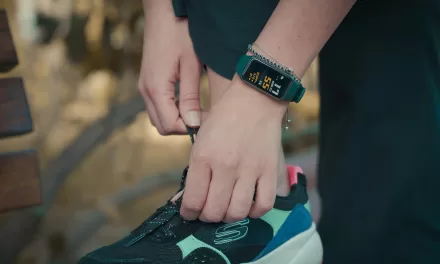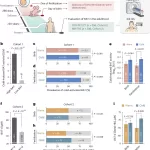In a significant shift from past practices, the Heart Rhythm Society has released a new consensus statement urging physicians to employ shared clinical decision-making when managing the return to play for athletes with arrhythmias. This statement, unveiled at the society’s annual meeting in Boston and concurrently published in the journal Heart Rhythm, represents a more nuanced approach to athlete care, moving away from the traditionally restrictive guidelines of the past two decades.
Dr. Eugene Chung, MD, MPH, MSc, who serves as the director of the sports electrophysiology clinic at Massachusetts General Hospital in Boston and vice-chair of the statement writing committee, discussed this paradigm shift. “Traditionally, the guideline going back 20 years reflected a paternalistic approach that if you have a certain condition, we shouldn’t risk it, you shouldn’t play,” Chung said. “But as time has passed, the experience that we gained, as research and data have been accumulated, we realize those approaches have been too restrictive.”
Dr. Chung highlighted that recent data and experience have demonstrated that athletes with conditions previously considered prohibitive, such as hypertrophic cardiomyopathy, can safely return to sports under careful management. The updated statement builds on previous recommendations from the American Heart Association, the American College of Cardiology, the European Society of Cardiology, and other bodies.
Key Updates in the Consensus Statement
The statement introduces several notable updates:
- Stress Testing for Athletes on Medication: Physicians should conduct stress tests to ensure arrhythmias are suppressed before allowing athletes on medication to return to play. These tests should closely mimic the athlete’s specific sports activities.
- Atrial Fibrillation Ablation: The recommendation for first-line atrial fibrillation ablation in athletes has been upgraded to Class 1 from Class 2A. Dr. Chung noted, “We felt that there are enough data — albeit mostly in the general population — paired with observation data, that athletes do just as well as the general population, and that promoting exercise, especially moderate level exercise, helps reduce atrial fibrillation.”
- Monitoring for Wolff-Parkinson-White Pattern: Patients with the Wolff-Parkinson-White pattern on electrocardiography require meticulous workup and monitoring. “Data over the past 10 years have shown that risk is not as low as we once thought, and we emphasize that patients with this type of pattern on ECG should see an expert,” Chung explained.
Emphasis on Shared Decision-Making
Central to the new guidelines is the emphasis on shared decision-making. Dr. Chung cited the example of athletes needing a defibrillator or pacemaker, where subcutaneous options are now available that are more suitable for sports involving strenuous arm movements, like rowing or weightlifting. “We want to certainly involve the patient and their family where appropriate and make sure we’re all on the same page,” Chung said.
Supporting a Safe Return to Play
Dr. T. Jared Bunch, MD, a professor at the University of Utah School of Medicine specializing in arrhythmias in athletes, praised the statement for its timeliness and necessity. “It’s the right time and the right place,” he said. “It’s really needed, and some of it is in the context of the history of how we’ve restricted return to play.”
Bunch emphasized the importance of involving patients in the decision-making process, noting that “everybody has inherent thresholds of risk they want to take.” For young athletes, parental input is crucial due to their limited long-term perspective.
Looking ahead, Bunch stressed the need to evaluate the impact of these recommendations. “If we allow more kids to participate in return to play, we need to have the research infrastructure to make sure that it’s safe, that event rates aren’t changing, that it supports our recommendations because throughout the guideline some of the recommendations were not based on a lot of strong evidence. These are small populations, and these are rare events.”
The Heart Rhythm Society’s new consensus statement marks a progressive step towards more personalized and informed care for athletes with arrhythmias, balancing the benefits of sports participation with the need for safety and informed decision-making.











